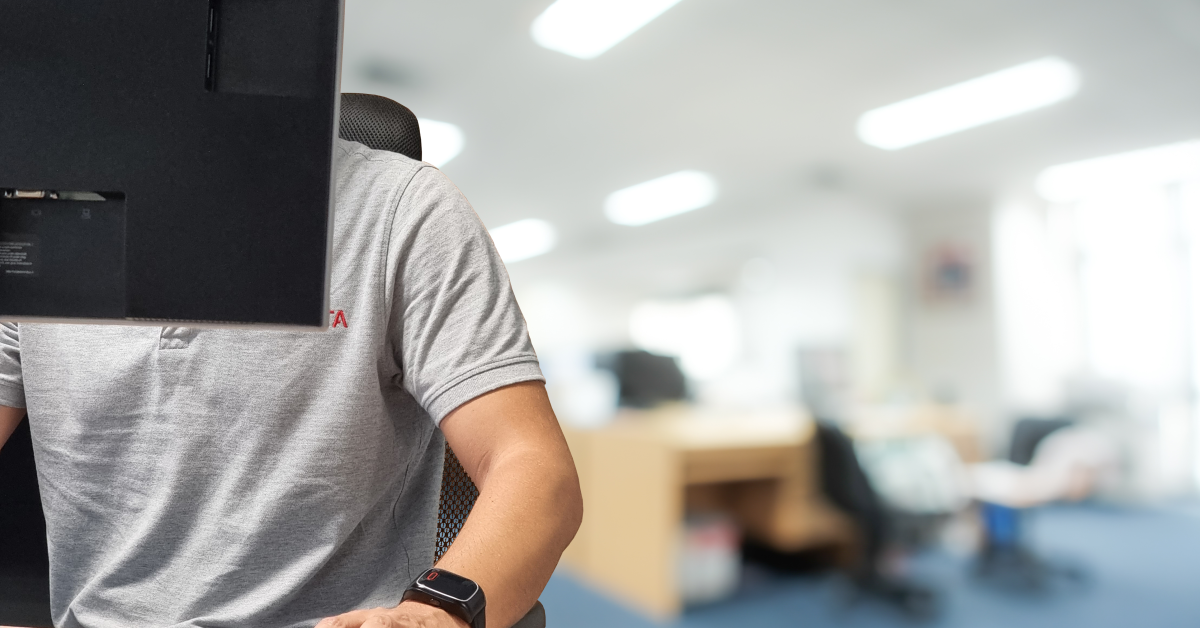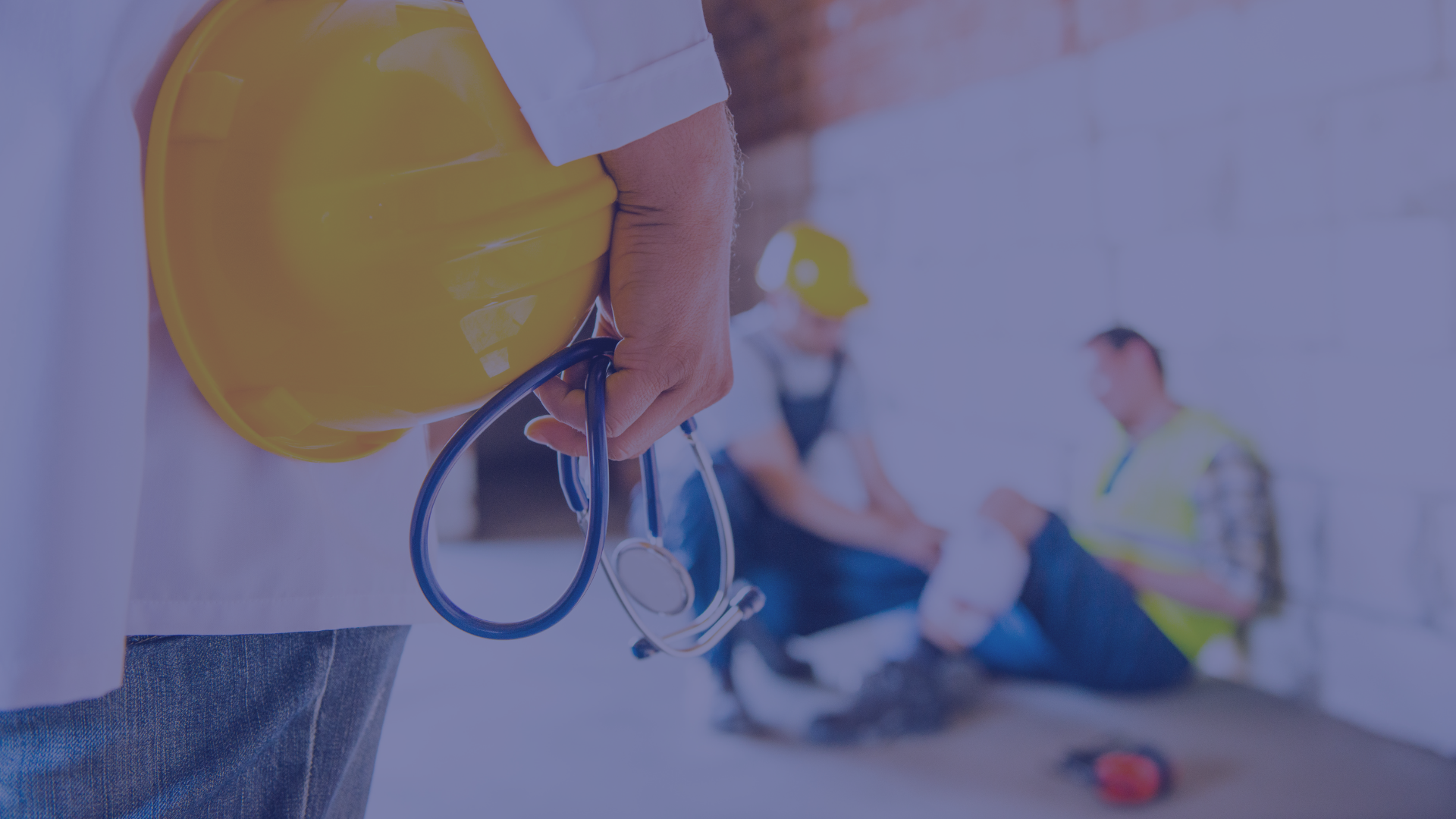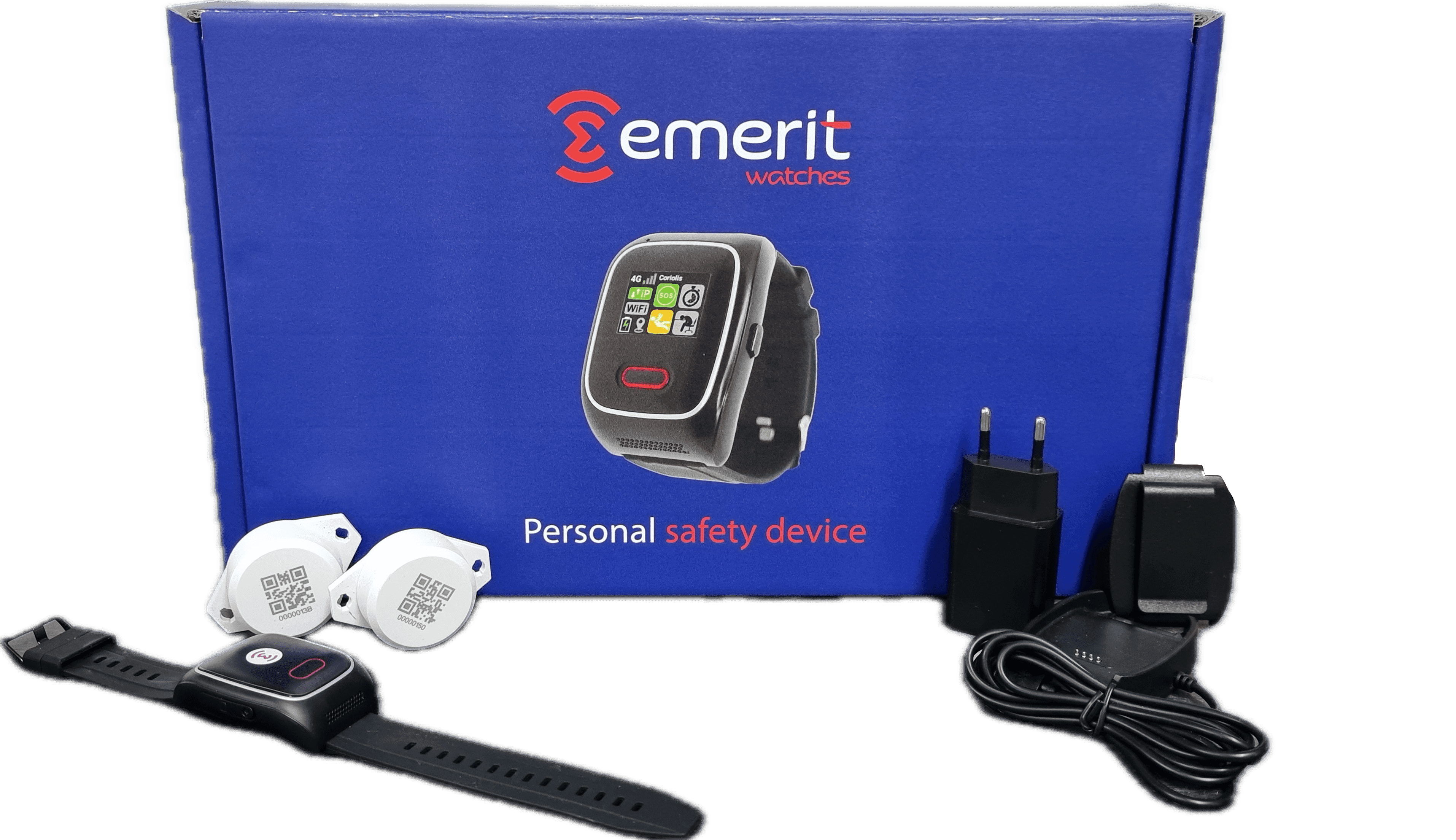On the 28th of April, we celebrate the World Day for Safety and Health at Work, an initiative launched by the trade union movement in 1996 to prevent accidents and occupational illness throughout the world.
Every year, more than 2.78 million people lose their lives as a result of work-related accidents or illnesses, according to figures from the International Labour Organisation (ILO).
In addition, around 374 million non-fatal work-related accidents occur every year, leading to frequent absences from work.
Technological innovations and organisational or social changes generate new risks in the workplace. These constant changes make it essential for employers and workers to stay informed and adapt to the new conditions in which they carry out their duties.
How can I find out about safety measures in the workplace?
Visit the website of INRS, the dedicated organisation
The INRS (Reference body for occupational risk prevention in France) offers a rich source of information on safety standards and good habits for preventing hazards in the workplace.
You can find practical guides, technical data sheets, explanatory videos and interactive tools covering a wide range of subjects related to health and safety at work. Whether it’s preventing risks to workers, managing emergency situations, or using personal protective equipment, INRS offers resources to suit every need.
Visiting trade exhibitions
Specialised safety trade exhibitions such as Préventica and Expoprotection in France provide an opportunity to talk directly to professionals in the field, attend conferences and discover the latest technologies and practices in workplace prevention.
Whether it’s personal safety equipment, monitoring solutions, threat management tools or specialised training, they offer privileged access to a multitude of essential products and services.
What habits should be adopted in terms of health and safety at work?
Take regular breaks and stretch
It’s easy to become absorbed in our daily tasks, but it’s important to remember the benefits of regular breaks. They improve concentration and productivity by allowing our brains to regenerate. They also prevent physical and mental fatigue, reducing stress and enhancing our well-being.
Getting up and moving can also help prevent pain and posture problems associated with prolonged sitting, for example. Simple stretches can help relax muscles and reduce tension.
Companies play a role in this process by encouraging and facilitating these breaks: they can call on professionals to demonstrate suitable stretching exercises or teach people how to position themselves correctly at their workstations, thereby helping to create healthier, more productive environments for everyone.

-
Preventing stress and mental health disorders
Protecting and promoting mental health in the workplace is essential for employee comfort and overall company performance. Warning of mental wellbeing problems involves managing psychosocial risks in the workplace, an approach recommended by the World Health Organisation (WHO).
To this end, companies can implement employee interventions aimed at assessing and reducing mental health risks in the workplace. These include the creation of favourable working conditions, such as flexible working arrangements, measures to deal with violence and harassment, and stress management for employees.
Protecting employees’ psychological well-being also requires adequate awareness and training. The WHO recommends training managers to detect signs of emotional distress in their subordinates and to respond appropriately.
Promoting a healthy environment means encouraging open communication, offering psychological support to employees, and setting up anxiety management programmes.
-
Follow safety procedures and emergency protocols
Knowing and following safety procedures specific to the workplace, as well as emergency protocols in the event of an incident, are necessary to ensure that everyone is protected.
These directives define the rules and equipment needed to minimise work-related risks, guarantee a safe environment, prevent accidents, protect workers’ health, and ensure their comfort when working in the field.
By establishing safety standards, your company is prepared to respond effectively in the event of an incident, helping to minimise the consequences of an unforeseen emergency.
-
Avoiding risky behaviour
When managing risks in the workplace, it is important to take into account the human factor and employee behaviour in addition to technical and organisational aspects. Perception of danger and emotional reactions play a role in acceptance of and adherence to safety strategies.
Workers are often faced with complex situations where they have to make quick decisions with a large amount of information, which can lead to choices influenced by intuition and emotions rather than rational thought.
Therefore, effective risk management involves understanding and considering the interactions between people, machines, and work organisation in order to avoid reckless or unsafe behaviour (such as using machinery without authorisation or avoiding safety rules).
-
Wear appropriate personal protective equipment and communications equipment
Personal protective equipment, such as helmets, gloves, and goggles, is designed to protect employees against the specific hazards associated with their work.
Communication equipment should also be taken into account, such as alert devices, which are essential for maintaining contact between lone workers and their supervisors, colleagues and emergency responders.
It is essential to make sure that these devices are regularly charged and tested to ensure that they are working properly. It is also important to ensure that these tools are easily accessible and that employees are trained in their use.
In addition, those lone worker safety devices can be activated by automatic detection or manual activation, and alert emergency services and colleagues of their location and situation.
Thanks to technological advances, today there are personal alarm systems adapted to each sector of activity for all workers exposed to high-risk situations. These alert solutions are designed to meet the specific needs of each working environment.
You can consult our catalogue to discover a complete range of adapted solutions by following this link: http://elvseox.cluster027.hosting.ovh.net/

On this World Day for Safety and Health at Work, we must take action to create a safer and healthier future for everyone.
Everyone has a role to play: employers, employees, governments, trade unions and civil society. By joining forces and adopting a culture of prevention, we can break the cycle of workplace accidents and illnesses.
Together, let’s make health and safety a priority for well-being at work.




